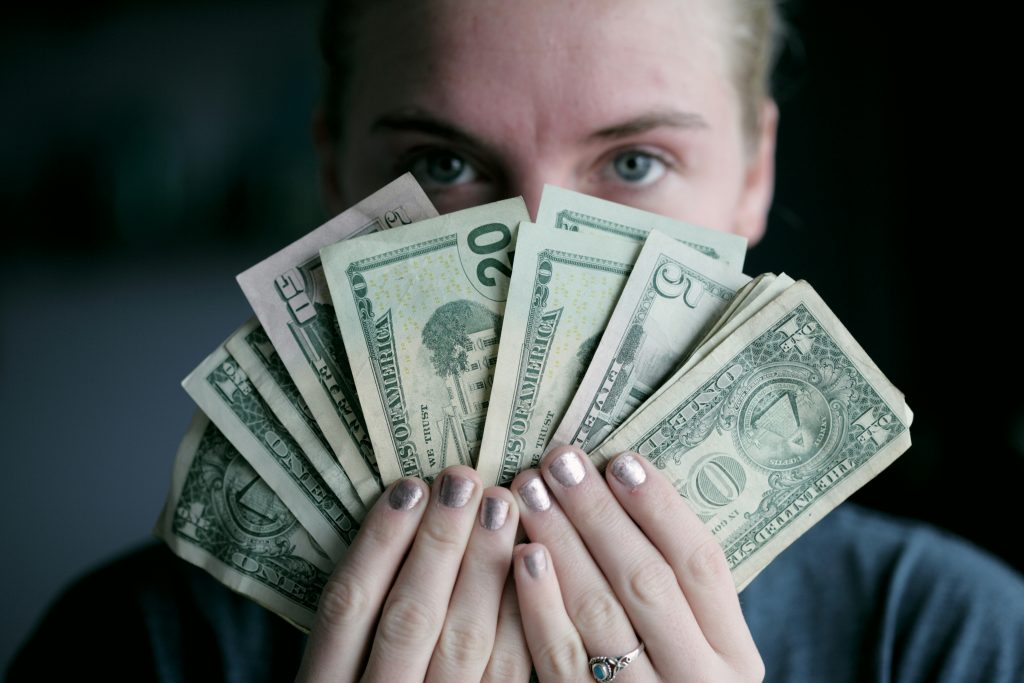Save Money by Tracking Your Non-Essential Purchases

It’s easy to lose track of your spending if you don’t pay attention to your purchasing habits. Inexpensive non-essential purchases, in particular, can be especially harmful to your overall budget because minor splurges tend to fly under the radar more often than larger, more substantial purchases. To get a better handle on your finances so you can find areas of potential savings, consider using a spreadsheet or notebook to track your non-essential purchases.
When tracking your non-essential purchases, take note of the categories in which your purchases fall. For instance, if you grab a drink at your local coffee shop each morning, consider labeling such purchases as “morning coffee” so you can better track the true cost of your morning ritual. Regardless of the specific labels you choose, just remember that the more categories you track, the easier it will be for you to spot areas of potential savings.
After several months of tracking your non-essential purchases, you should have a decent idea about where most of your discretionary money is going. This information is key and if used correctly, can help you save money. After all, once you know where most of your discretionary money is going, you can cut back on your spending in the worst offending categories. Armed with this knowledge, the rest is up to you. So long as you commit to making a serious effort, savings should be noted almost immediately.
The above is not primarily a money saving tool. It is a money management tool. There is a huge difference between the two.
 by Mike Djordjevich
by Mike Djordjevich
Address :
321 High School Road #303
Bainbridge Island
WA 98110
USA
Telephone : +1 661 645 5572
Email : mike@mdj-cpa.com
Website : http://www.mdj-cpa.com
